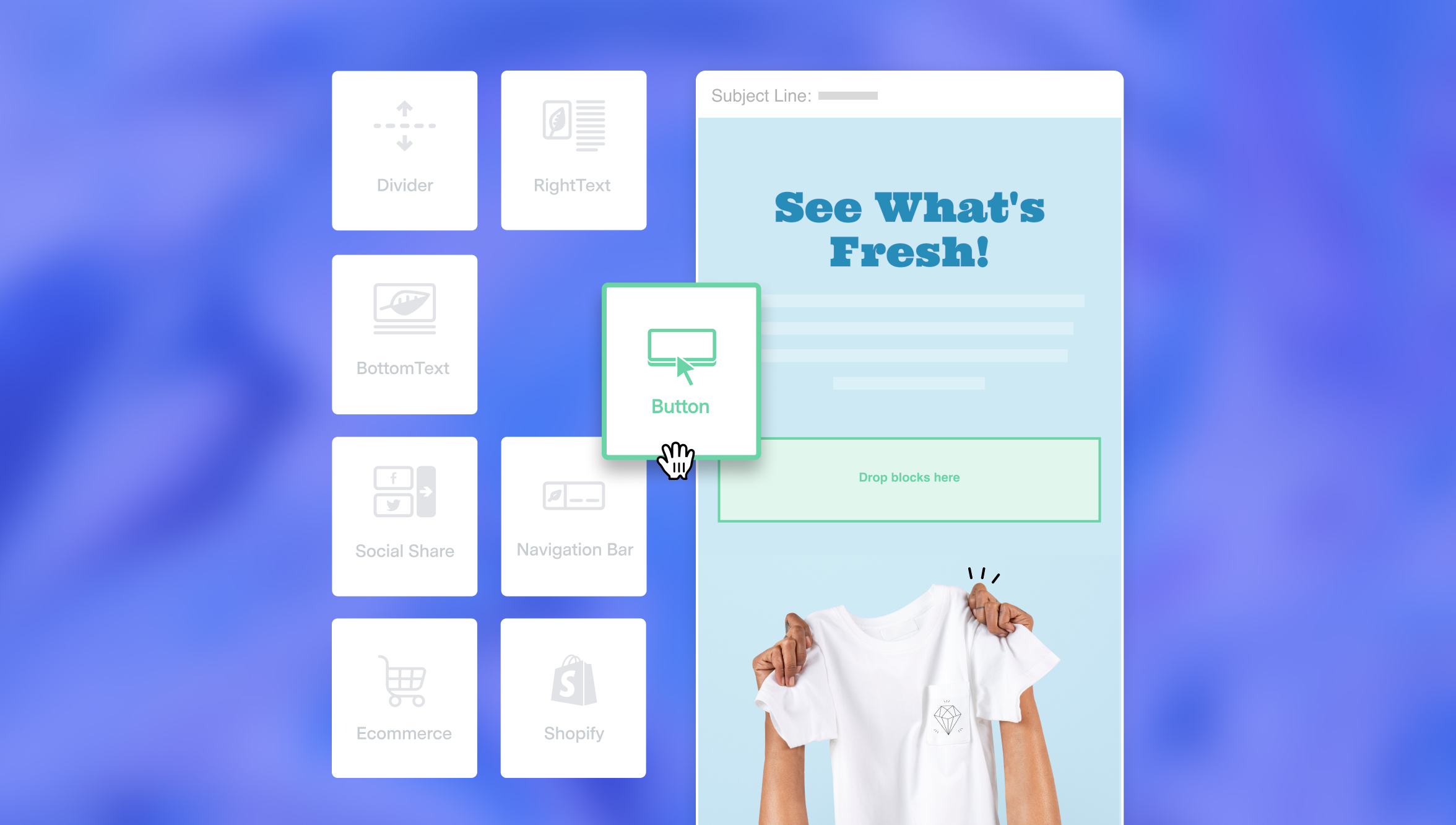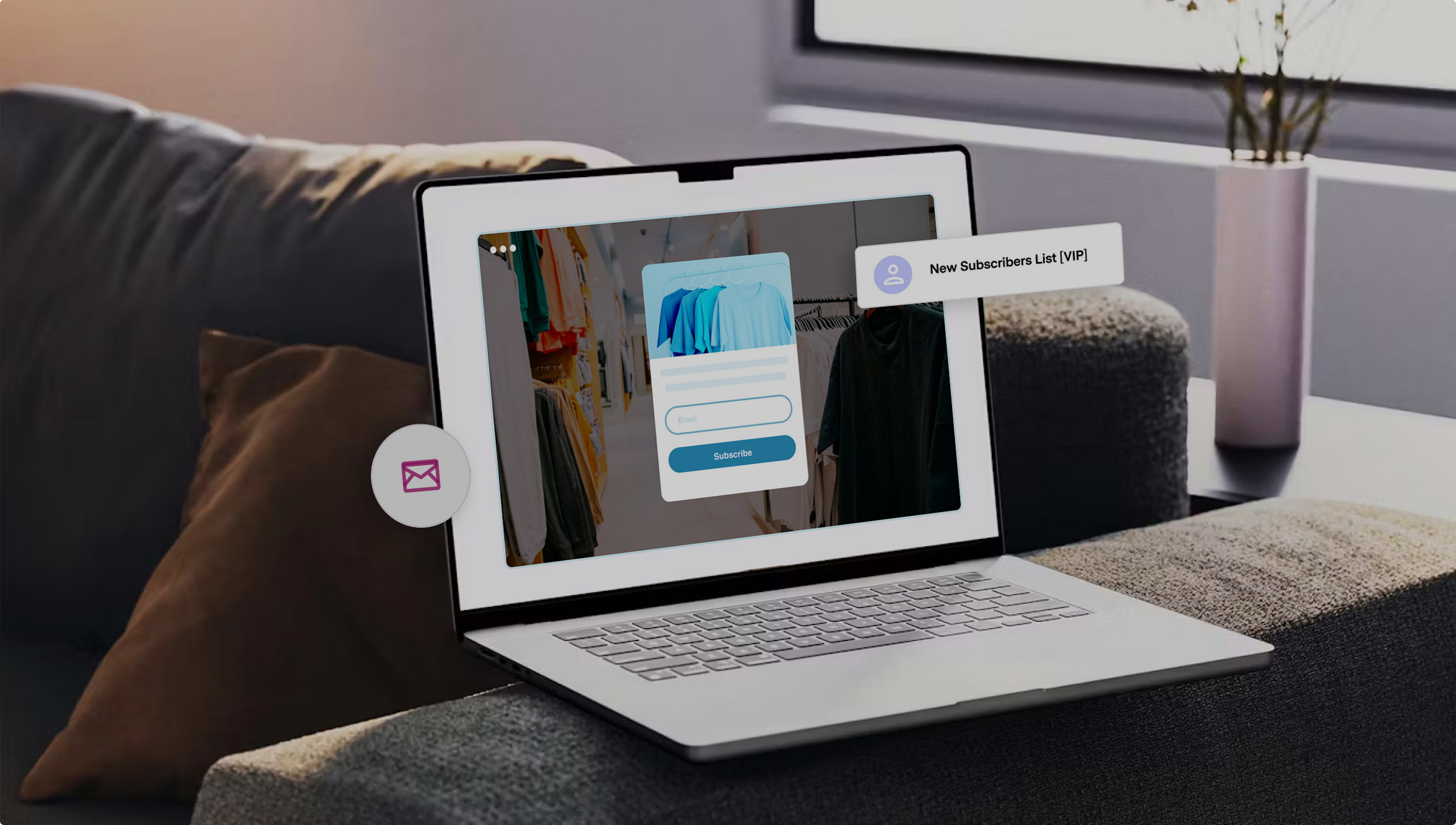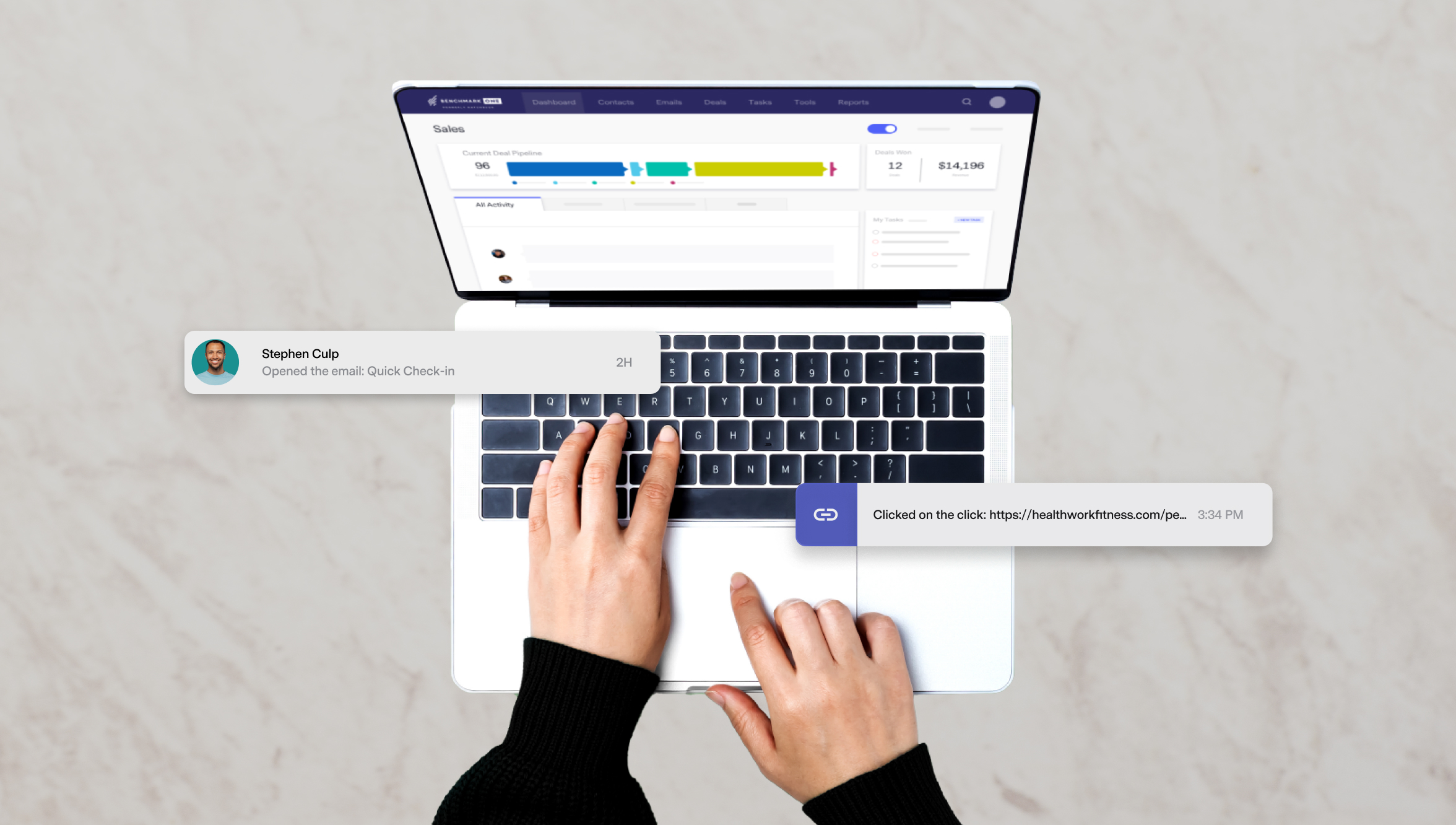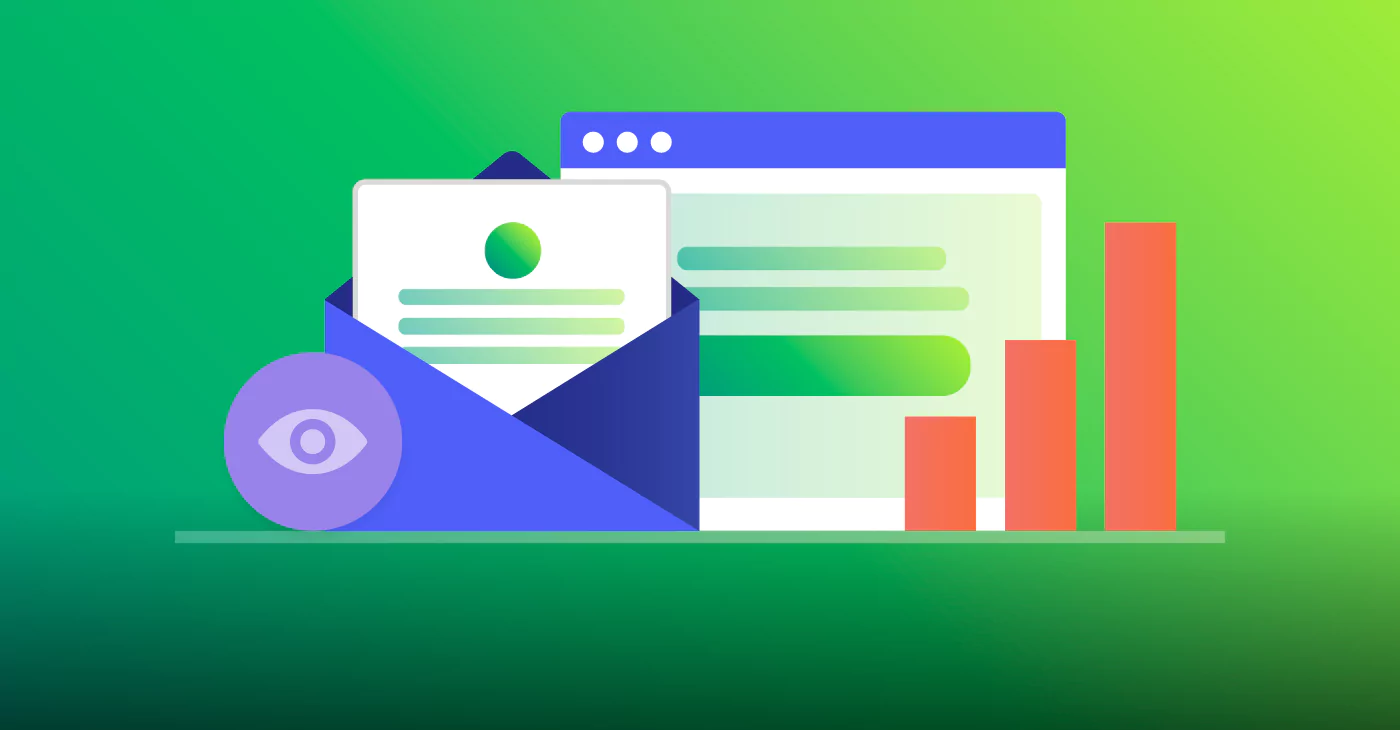The Decline of Organic Reach: Are Social Media Ads the Only Way Forward?
April 15, 2025 5 min read

In the early days of social media, organic reach—connecting with followers without paid promotion—was a powerful tool for brands. Platforms like Facebook, Instagram, and X allow businesses to build communities and engage with audiences directly, fostering trust and visibility. However, organic reach has steadily declined, forcing marketers to rethink their strategies. With algorithms now prioritizing paid content, many wonder whether social media ads are the only viable path forward.
This is a reason to understand the reasons behind the decline of organic reach, examine whether ads are the only solution, and discuss alternatives businesses can consider to maintain engagement without relying solely on paid promotions.
The Decline of Organic Reach: What Happened?
1. Algorithmic Changes Favoring Paid Content
Social media platforms have evolved from chronological feeds to algorithm-driven systems. Algorithms now prioritize content that generates engagement, retains users, and maximizes revenue. As platforms like Facebook and Instagram became ad-heavy, business posts were pushed down, giving preference to personal posts or paid content that aligns with user interests.
In 2018, Facebook’s algorithm update explicitly shifted focus to “meaningful interactions” with posts from friends and family, making it harder for organic content from business pages to appear in users’ feeds. This trend has continued, with organic reach for brand pages plummeting.
2. Increasing Competition for Attention
As more businesses join social media platforms, the competition for attention has become fierce. With millions of posts published daily, the platforms must limit content visibility to avoid overwhelming users. This saturation has diluted organic reach, forcing businesses to compete harder to stand out.
3. Platform Monetization Models
The decline of organic reach is also part of a broader strategy for social platforms to monetize their services. As free platforms that rely on advertising revenue, social media companies encourage businesses to invest in paid promotions to reach their target audiences. Over time, the shift toward ads has resulted in “pay-to-play” ecosystems where organic content alone can no longer drive growth.

The Benefits and Drawbacks of Social Media Ads
As organic reach becomes less reliable, many businesses use paid social media ads to maintain visibility. Here are the benefits and drawbacks of adopting this approach.
Benefits of Social Media Ads:
- Precise Targeting: Ads allow brands to target specific demographics, interests, and behaviors, making it easier to reach the right audience.
- Specific Results: Social media platforms provide analytics and insights, enabling businesses to measure ROI and optimize their campaigns.
- Flexibility: Paid campaigns can be scaled up or down based on budget, making them flexible for businesses of all sizes.
- Enhanced Visibility: With organic posts often buried in feeds, ads guarantee placement in front of more users.
Draw-Backs of Social Media Ads:
- Costly for Long-Term Use: Relying heavily on ads can strain budgets, especially for smaller businesses.
- Ad Fatigue: Excessive ads may overwhelm users, leading to lower engagement and negative brand sentiment.
- Temporary Impact: Ads deliver short-term results, meaning continuous investment is required to maintain momentum.
Are Ads the Only Way Forward? Exploring Alternatives
While social media ads offer significant benefits, relying solely on paid campaigns may not be sustainable for all businesses. There are ways to maximize organic reach and engage audiences without running ads exclusively.
1. Focus on Community Building and Engagement
Building strong, engaged communities is one way to combat the decline in organic reach. Platforms reward content that fosters meaningful interactions, so businesses should focus on:
- Monitoring, responding, and commenting on messages to build relationships.
- Creating discussion-based posts, such as polls and questions, to encourage participation.
- Hosting live streams or Q&A sessions to engage followers in real-time.
When audiences actively engage with content, it signals algorithms that your posts are valuable, increasing organic visibility.
2. Leverage User-Generated Content
User-generated content offers a powerful way to increase organic reach without relying on ads. Enticing your audience to create and share content featuring your brand helps spread awareness naturally. For example:
- Run contests or challenges that encourage followers to post about your brand.
- Repost customer testimonials, reviews, or photos on your social channels.
- Create and use branded hashtags to make it easy for users to join the conversation.
UGC builds trust and extends your reach to new audiences through authentic word-of-mouth marketing.
3. Optimize for Platform-Specific Features
Social platforms continue to release new features to keep users engaged. Brands that adopt these features early can boost their organic performance. For example:
- Instagram Reels and TikTok videos are favored in their respective algorithms, as both platforms prioritize short-form video content.
- Facebook and LinkedIn groups provide a more focused interaction space, making connecting with engaged followers easier.
- Stories on Instagram and Facebook offer opportunities for daily interaction, keeping your brand top-of-mind.
By staying current with platform trends, businesses can make the most of their organic efforts.
4. Collaborate with Influencers and Micro-Influencers
Influencer marketing is another way to enhance reach organically. Influencers obtain their status by establishing trust with their audiences, and collaborating with them allows brands to tap into new communities. Working with micro-influencers (those with smaller but highly engaged audiences) can often result in more meaningful interactions than traditional ads.
5. Email Marketing and Social Media Integration
While organic reach may decline, businesses can integrate social media efforts with email marketing to maintain engagement. Encourage followers to subscribe to newsletters, where content can be delivered directly to their inboxes without algorithmic interference. Also, use email campaigns to drive traffic to your social media channels.

A Balanced Approach: Combining Organic and Paid Content
The future of social media marketing lies in balancing organic and paid strategies. While relying entirely on ads may yield quick results, it can also be expensive and unsustainable. Meanwhile, focusing solely on organic content limits your reach in a competitive environment.
A hybrid strategy that combines targeted ad campaigns with community-building efforts offers the best of both worlds. For example:
- Use ads to attract new followers and organic content to nurture them.
- Promote high-performing organic posts with ad boosts to extend their reach.
- Run ads periodically while maintaining a consistent organic posting schedule to engage your audience.
Businesses can optimize their visibility by strategically integrating organic and paid strategies while building lasting relationships with followers.
Navigating the Future of Social Media Marketing
The decline of organic reach has transformed the social media landscape, making it more challenging for businesses to rely on unpaid content alone. However, social media ads are not the only way forward. Brands investing in community engagement, user-generated content, influencer partnerships, and platform-specific features can maintain visibility and foster meaningful connections.
While ads offer immediate results, sustainable growth comes from nurturing relationships and building authentic engagement. By balancing organic efforts with paid campaigns, businesses can create a robust social media strategy that drives both reach and long-term loyalty.
The key is to adapt to changing algorithms while staying focused on what matters most: delivering value and fostering genuine connections with your audience.






